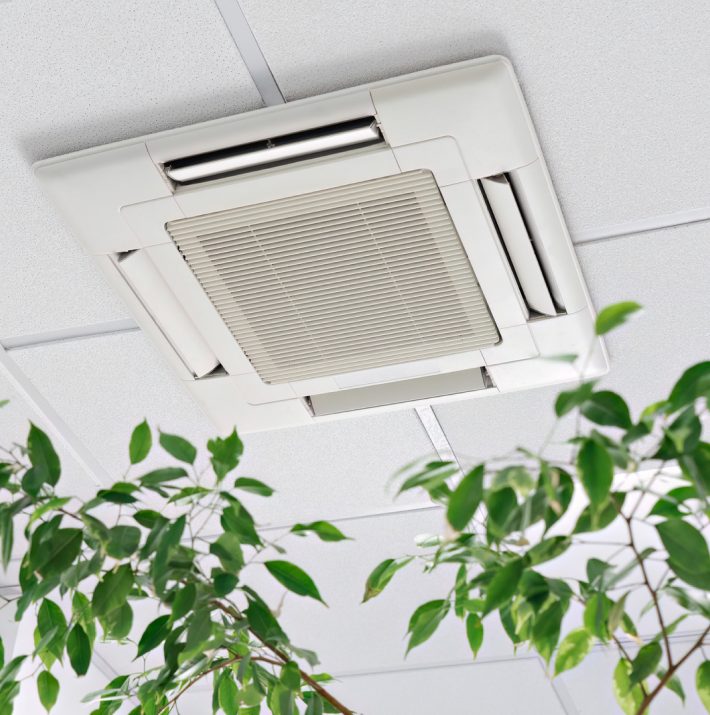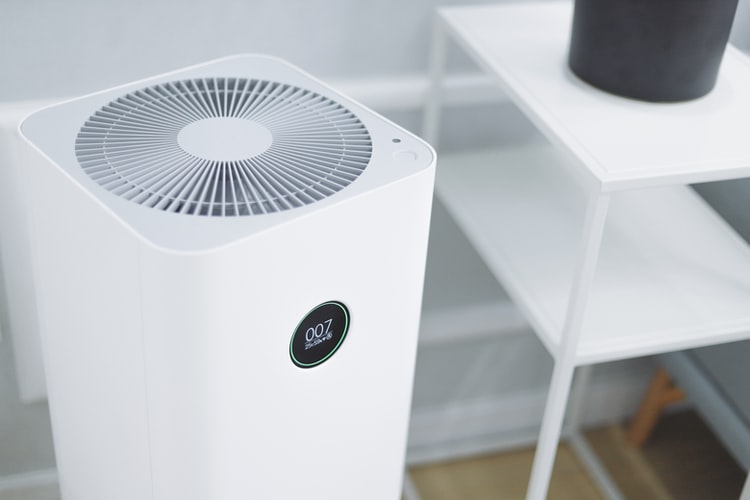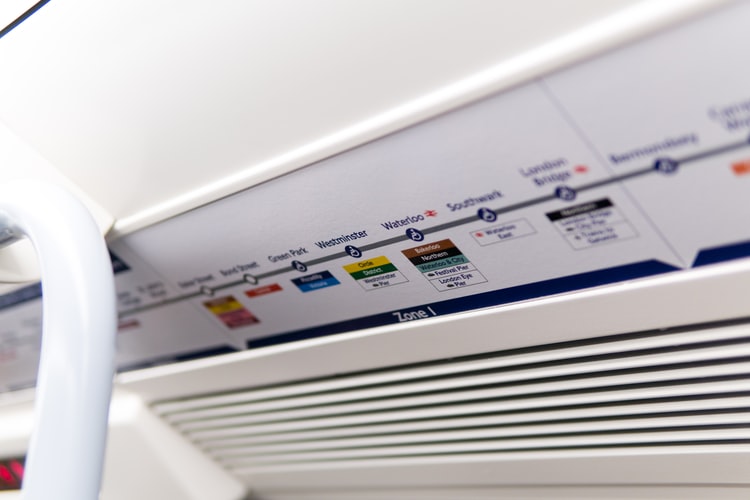How Adding Central AC Affects Your Home Value?

When mother nature turns up the heat, as she has this summer, central air conditioning can provide superior whole-house cooling that can’t be beaten. No more hot spot transitions or arguments over who gets to sleep in the air-conditioned room.
But your family’s been living just fine with window units for years, and now you’re ready to sell your home. You’re wondering, “Would installing central AC increase my home’s value?”. Here’s what to consider.
The Types Of AC System That You Can Opt For
When it comes to enjoying the utmost home comfort during summer, there is nothing better than air conditioning. You will always want to choose the best air conditioner for your space. Do you know there are a lot of options that you can choose from? In this section, we will be discussing different types of AC systems that you can choose from:
Spilt system
If your home uses both ducts and furnaces, then it is an economical way to add air conditioning to it. The split system comes with a condensing unit that you can install outside. Along with the condensing unit, it also comprises an evaporator as well as a fan that sits right at the top of the furnace.
Heat pump
The heat pumps comprise booth heating and AC units. This specific AC type works in moderate winter weather. The system helps to transfer the heat through the ducts from the indoors to the outdoors, and the exact opposite occurs in the winter.
HVAC packaged system
Now, if you do not have a furnace in your home or maybe need to replace the furnace, then you can go for the HVAC packaged systems. These specific systems comprise all the necessary components in one outdoor unit.
High-velocity HVAC system
The high-velocity HVAC system is very similar to the packaged ones. The specific system circulates the air through the ductwork, which is about 2 inhces in diameter. Thus, the high-velocity HVAC system is ideal for tight or small spaces. The system runs faster than the rest, but they are nosier in nature.
The Prevalence of Central AC in the US

87% of households have some form of air conditioning in the US. For approximately 60% of these households, that’s central air. Naturally, central AC is most common in parts of the US, classified as hot. They’re most frequently seen in humid-hot places like Florida. But dry-hot places like much of Arizona aren’t far behind.
The Number of Homes with Central Air Has Plateaued
The number of homes with central air is not going up. In fact, it’s been going down since 2000. But don’t be fooled. Central air rose meteorically (300% increase) from 1950 to about 2000. And it’s declined a few percentage points from 2000 to today, so it’s holding steady.
Increasing Number of Homeowners Expect Central Air
Given the prevalence of central air conditioning in much of the US, many home buyers now expect a central unit. So some homebuyers may be surprised to learn that your home doesn’t have one, especially in certain types of homes, which we’ll explore next to determine how installing Central AC may impact your home value.
Wealthier Households May Take Central AC for Granted
The typical income level of a person buying your home is one factor that may influence your decision. Households in higher income brackets are more likely to expect central air. The breakdown of families currently living with central air at home in the US looks something like this:
- 75% of households making 100K+
- 60% of households making 40K-100K
- 50% of households making under 40K
The ROI Varies Based on Pricepoint
Don’t forget to consider the price point of your house. If installing central air increases your home value by a percentage, then a lower-priced home may not have the return on investment you had hoped for if that percentage stays the same.
The Size of the Home and Household Matter
You may think it costs more money to run a central AC unit, and you’d be right overall. But when you consider per square foot cooling power, window units actually cost more. So, if a home is large enough to need multiple units or enough people to live there to cool multiple rooms at once, the cost for window units actually exceeds central cooling costs. For example, in hot-dry regions, the cost goes up per square foot by around 25%.
The Region Matters
In the upper midwest, upper west, northern states, and on the west coast, central air is much less common, so if you’re selling a home here, you’ll have an easier time off-loading a house without central AC.
But in other parts of the country, it may be harder. Here’s a breakdown of US households by climate:
- 75% of Hot-humid (think Florida, Louisiana)
- 60% of Mixed-humid (think Tennessee, Virginia)
- 60% Mixed Dry & Dry (think Phoenix and most of California)
- 50% Cold to Very Cold (Northern Arizona, Wisconsin)
- 30% Marine (Coastal California, Oregon, Washington)
But even within these regions, you’ll find some extremes. Take a look at Seattle, WA, where only 8% of homes sold have central AC. Then compare that to Phoenix, AZ, where 98% of homes sold had central air conditioning.
That’s a lot of AC maintenance in Phoenix, AZ.
How Much Does Central Add to Home Value

To determine how much installing an air conditioner may increase your home’s value, start by looking at the region, then consider whether the other factors increase the likelihood buyers will want your home, thus allowing you to sell it for more.
Nationally, on average, installing a home with a central AC sells for 2.5% more than a home without. This amounts to a $5,486 increase in the amount the same house would sell for with vs. without for the average home price.
You might think that the hotter a place is, the more value having an A/C unit would add to your home value. But that’s not necessarily the case, given the other factors.
In Phoenix, the average home value goes up by $4,314, or 1.7%. In Seattle, your home value goes down -1.1% if you have central air. Those numbers make sense regionally speaking. But then, in Detroit, MI, your home value can go up as much as 5.5%, or $8,470.
Since the average air conditioner installation costs $3000-$7000, including ductwork, a new unit, etc., in many cases, installing a central AC may pay you back when you sell your home.
Read Also:











Leave A Reply